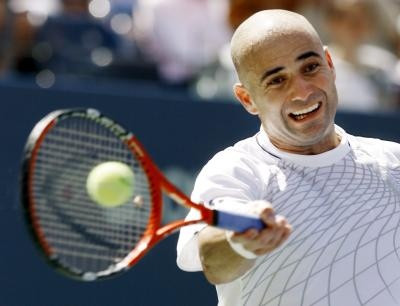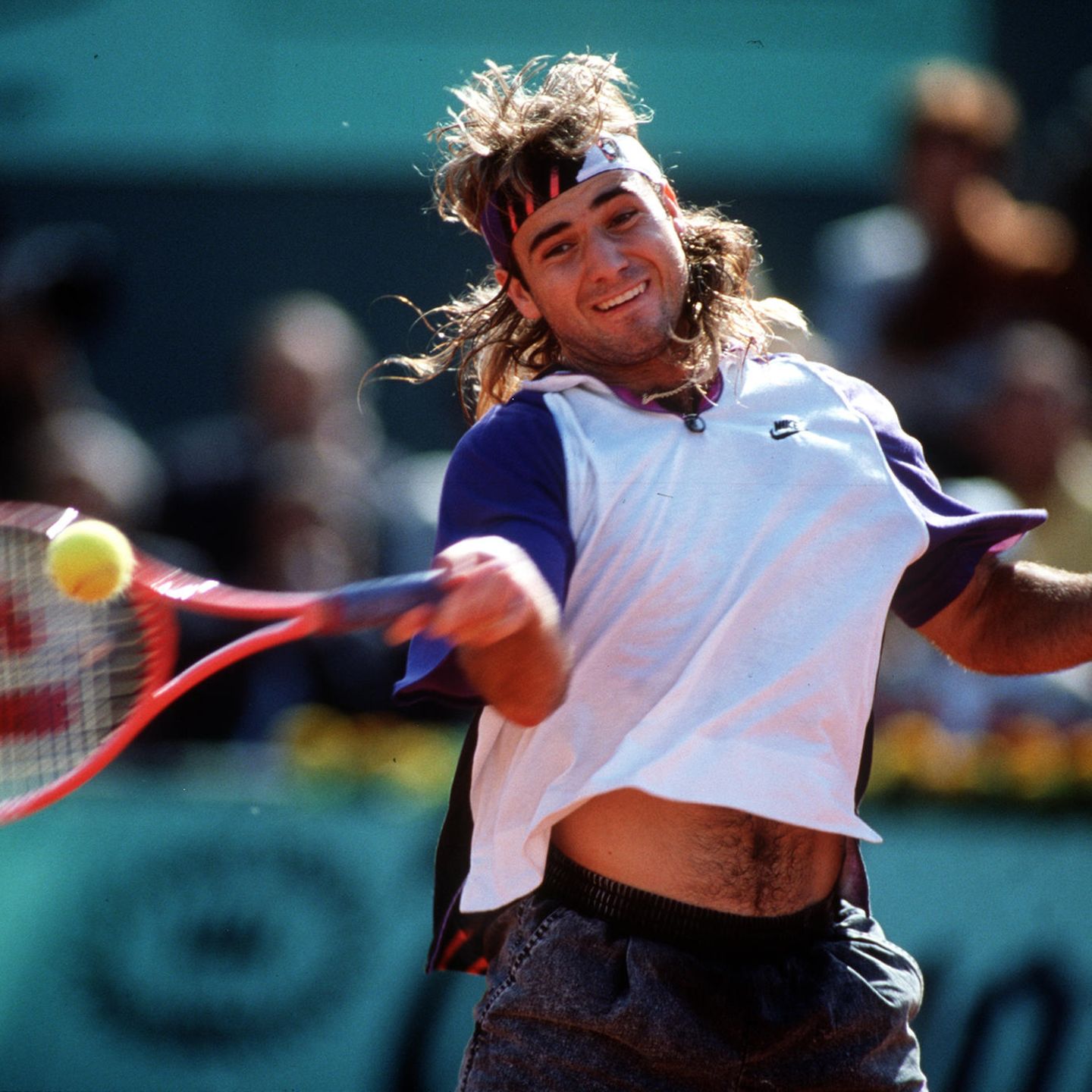It ok to fix your gaze somewhat forward of your expected contact point as Andre Agassi did. AA was possibly the best serve returner of his generation. By fixing his gaze forward of the CP, he says that the ball seemed larger (before it disappeared into the "invisible zone'). The AA gaze technique actually requires less head movement to set up than the RF technique. Roger is still moving his head very shortly before contact. Andre has stopped his head movement a little bit sooner.
An alternate gaze strategy is one that I adopted from the gaze technique of elite
cricket batsman. When my serve returns was off I would often switch to this alternate technique.
The idea behind this is to track the ball long enough to determine its approximate bounce location. So, after your
split step, you are tracking the ball at least from the servers racket to a point somewhere close to where it crosses the net. You should be able to determine its approx bounce location in this manner.
Before the ball reaches that bounce location, quickly shift your gaze there -- focus your eyes on that area (laying, in wait, for the ball to bounce). This is pretty much the way that lines persons call the lines. They stop watching the ball, at some point, and focus on the part of the line where they expect the ball to encroach.
Once you see the ball bounce, start tracking it again for a short time and then fix your gaze near your expected CP (or somewhere forward of your CP as AA did).
Whenever I would get into a return slump, I would switch to this alternate "cricket" gaze strategy. It usually worked wonders.


